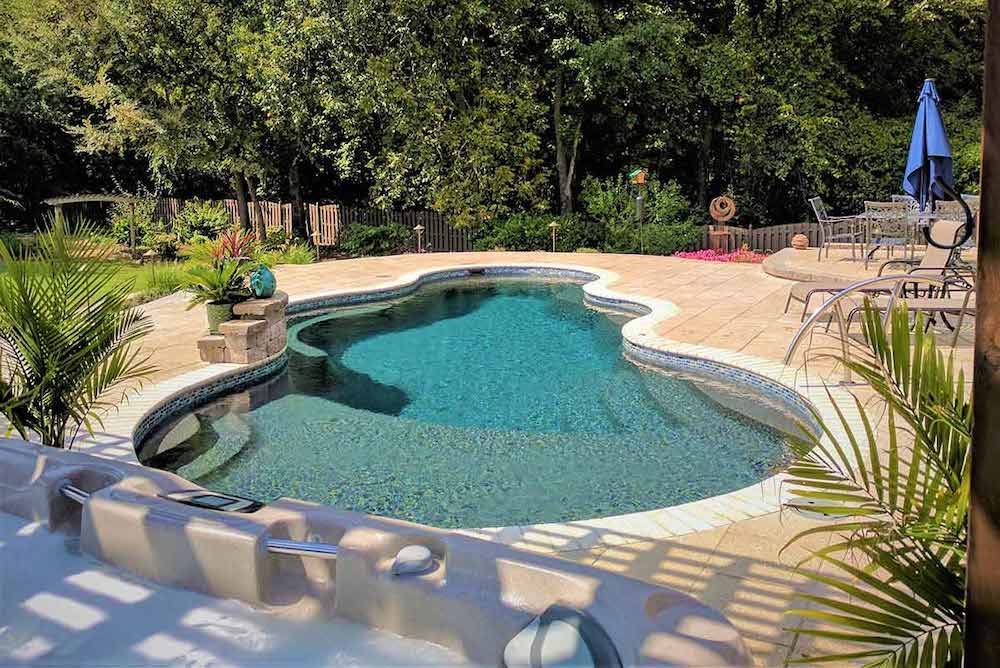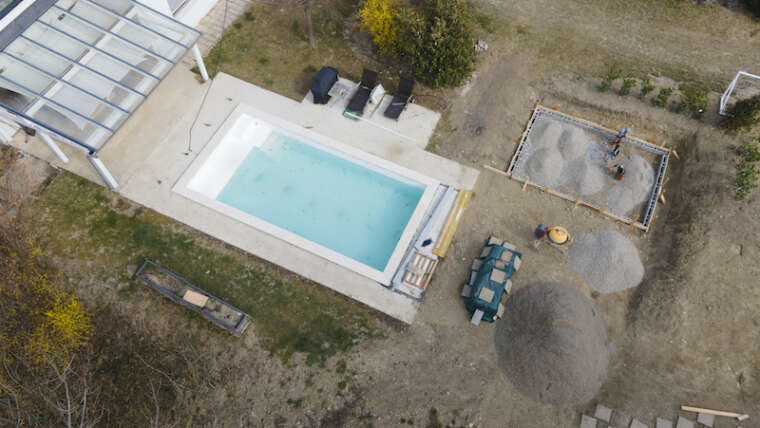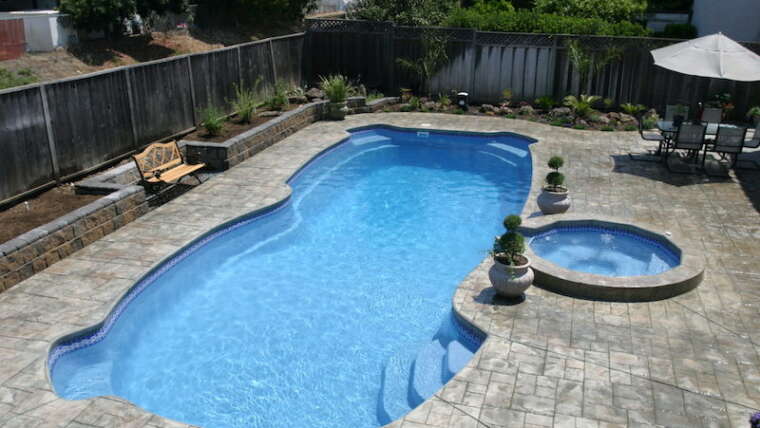When it’s time to close your inground pool for the season, it’s not just about saying goodbye until the springtime. It’s about making sure your Northeast Ohio pool is ready to weather the harsh winter ahead so that way it’s a breeze to open your pool in spring.
Winterizing your inground pool is critical to protecting your pool’s structure, equipment and safety. That’s why we’ve put together this guide on pool winterization procedures you can’t afford to skip.
1. Balance Your Pool’s Chemistry
Properly balanced water chemistry helps prevent the corrosion of heaters, pumps and other pool equipment. This is especially important in the winter when this equipment is subject to freezing temperatures. While you’ll save yourself repair costs for equipment cracks and damage, you’ll also prevent the spread of algae and bacteria that affect water quality.
2. Give Your Pool a Thorough Cleaning
When leaves and debris sit in your pool over the winter, they contaminate the water and lead to aforementioned algae and bacteria growth. Removing all foreign objects from your pool before winter means less work to restore your pool when the warmer weather arrives. You’ll also want to vacuum the pool’s walls and floors to avoid build-up that can be difficult to remove after a few months.
3. Drain Your Pool’s Plumbing Lines
When water is left behind in a pool’s plumbing lines, freezing temperatures can cause it to expand, resulting in cracks or ruptures to the equipment that run up repair and replacement costs. As part of draining your pool’s plumbing lines, it’s recommended that you use an air compressor to ensure any remaining water is cleared out.
4. Add Winterizing Chemicals to Your Pool
When it comes to maintaining your pool’s water quality and condition over the winter, there is a case for leveraging a winter algaecide and a winterized pool shock. While algaecide hinders the formation of stubborn algae blooms, pool shock helps reduce the buildup of stains and contaminants. Together, these chemicals help reveal cleaner, more balanced pool water that makes it more cost-effective and easier to open the pool in the spring.
5. Invest in a Secure Pool Cover
While it’s critical to clear out any debris before you cover your pool for the winter, it’s just as important to keep new debris (as well as snow) out. That’s where a high-quality pool cover comes into the picture. Covers should be well-fitted with secure fasteners to keep debris, snow and ice from coming into contact with the pool water. You’re less likely to reveal a murky, green pool months later while avoiding any structural damage to your pool.
Choose Blue Impressions as Your Pool Installer
As an installer of high-quality fiberglass and vinyl pools in Northeast Ohio, Blue Impressions knows the importance of good maintenance. We’ll help you get the most out of your pool investment on day one, pairing premium Latham pool models with ideal installation techniques — while leaving you with best practices for upkeep and maintenance.




